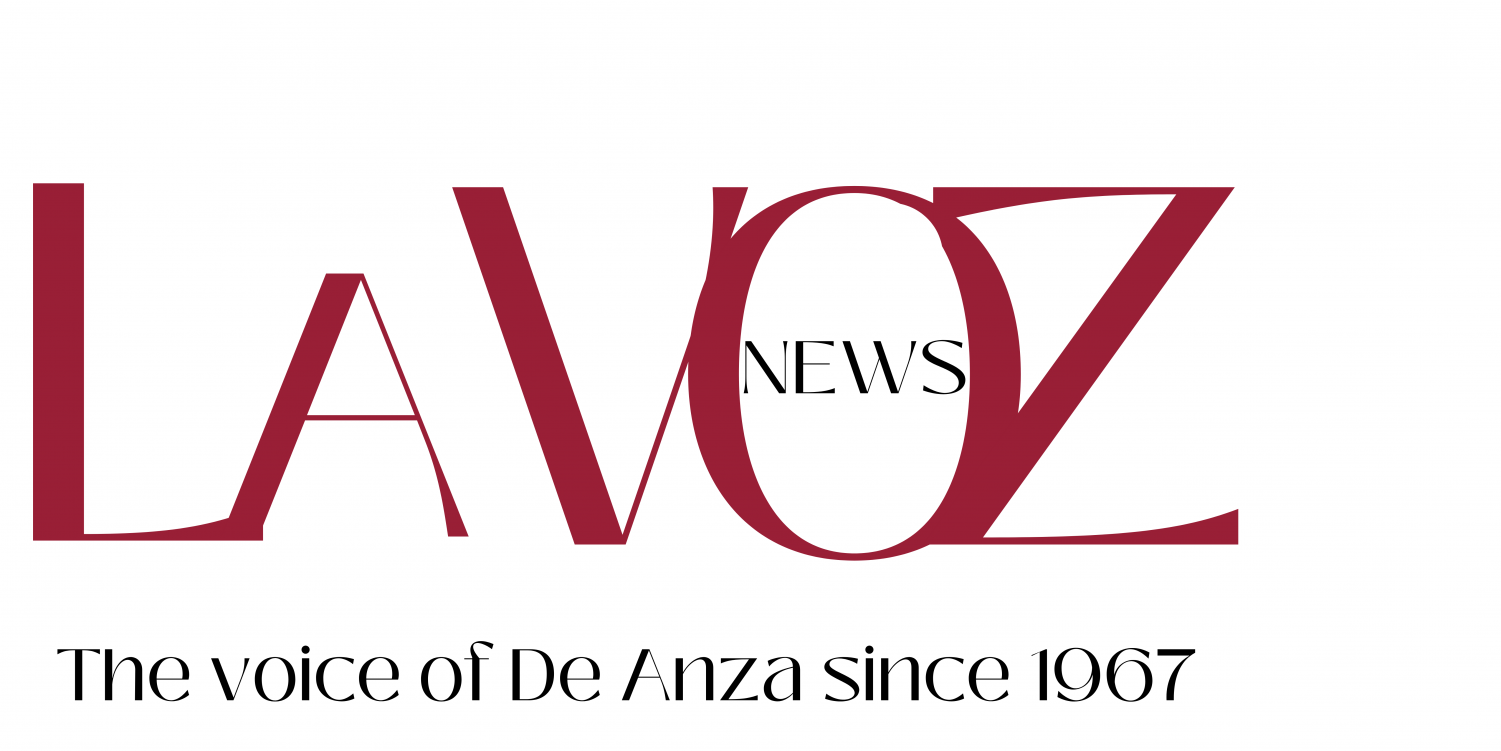Manage Cookie Consent
We use cookies to optimize our website and our service.
Functional Always active
The technical storage or access is strictly necessary for the legitimate purpose of enabling the use of a specific service explicitly requested by the subscriber or user, or for the sole purpose of carrying out the transmission of a communication over an electronic communications network.
Preferences
The technical storage or access is necessary for the legitimate purpose of storing preferences that are not requested by the subscriber or user.
Statistics
The technical storage or access that is used exclusively for statistical purposes.
The technical storage or access that is used exclusively for anonymous statistical purposes. Without a subpoena, voluntary compliance on the part of your Internet Service Provider, or additional records from a third party, information stored or retrieved for this purpose alone cannot usually be used to identify you.
Marketing
The technical storage or access is required to create user profiles to send advertising, or to track the user on a website or across several websites for similar marketing purposes.
La Voz Weekly intends this area to be used to foster healthy, thought-provoking discussion. Comments should be respectful and constructive. We do not permit the use of profanity, foul language, personal attacks or language that might be interpreted as defamatory.
La Voz does not allow anonymous comments, and requires a valid name and email address. The email address will not be displayed but will be used to confirm your comment.
All
La Voz News Picks
Reader Picks
Sort: Newest


